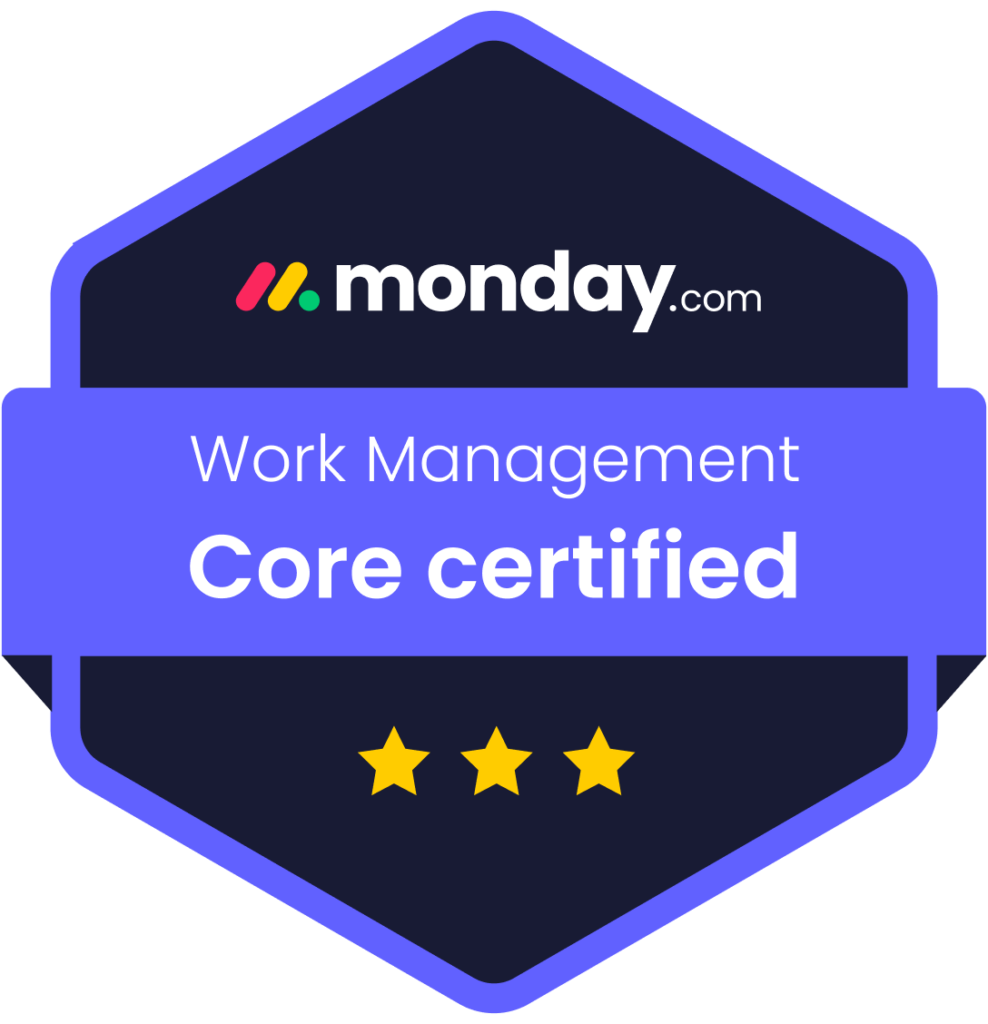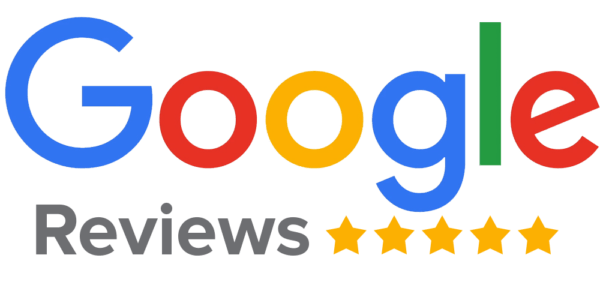If you’re a content creator, then you know how important it is to have a plan and a strategy for your blog. Without a plan, it’s easy to get lost in the sea of content that’s out there and end up with a blog that doesn’t serve its purpose.
We’ll start by discussing why planning and strategy are important for your blog. We’ll then go over some of the key elements of a successful content strategy. Finally, we’ll give you a step-by-step guide to creating your own content strategy.
If you’re not sure where to start, don’t worry. This comprehensive guide will walk you through everything you need to know about content planning and strategy for your website.
Why is Content Strategy Necessary?
Your blog’s material should be created, published, and promoted according to a plan called a content strategy. Anyone who aspires to be a successful blogger or build out an informational database for customers should utilize it since it can:
- Set specific objectives for your content.
- Determine who your target market is.
- Decide what kind of content to produce.
- Set a schedule for where and when to publish your content.
- Effective content promotion
- Assess the effectiveness of your content
Without a content plan, it’s all too simple to become paralyzed by the options and produce a blog that lacks direction. However, if you have a strategy in place, you can be sure that your content is assisting you in achieving your overall company objectives.
Developing a Content Strategy
It’s time to start developing your content strategy now that you understand why you require one. Although developing a content strategy may appear difficult, it need not be. You may build a content plan for your blog by using the straightforward, four-step procedure shown below:
Step 1: Set Goals
Setting specific goals for your content is the first step in developing a content strategy. What goals do you have for your content?
Common objectives for the content include:
- Producing leads
- Attracting users to your website
- Transforming readers into clients
- Strengthening ties with consumers
- Informing readers about your sector
- Having fun with readers
When establishing objectives for your content, it’s crucial to be precise. For instance, you may establish a goal to “bring 500 visits to your website per month” rather than just “drive traffic to your website.”
Step 2: Determine Your Target Audience
Choosing your target audience is the second stage in developing your content strategy. For whom are you producing content?
Some typical target audiences for content include:
- Potential clients
- Current clients
- Experts in the field
- Suppliers and associates
- Press
- Investors
- Your personnel
Being as descriptive as you can when describing your target demographic is crucial. For instance, you may want to target “guys aged 35-44 who are interested in health and fitness” rather than “prospective clients.”
Step 3: Decide the Content-Type to Produce
Choosing the sort of content to generate is the third stage in developing your content strategy. You may produce a range of content kinds, and the optimal kind for your blog will depend on your objectives and target audience.
Typical content genres include:
- Articles
- Blog posts
- Videos
- Podcasts
- Infographics
- Case studies
- Whitepapers
- E-books
Step 4: Create a Content Calendar
Making a content calendar is the fourth and last stage in developing your content strategy. You can organize and keep track of the information you publish on your blog with the use of a content calendar. Although there are many other content calendar templates available, using a spreadsheet to make one is the most straightforward option. Your content calendar must at the very least contain the following details:
- When you want to publish each piece of content
- The type of content you plan to publish
- Each piece of content’s title
- A succinct summary of each unit of content
- Who each piece of content is intended for
- The objectives you want to accomplish with every piece of content
- With each piece of content, the keywords you wish to target
- Each piece of content’s URL
- Who is going to be in charge of producing each piece of content?
You may additionally enter details about the following if you want to gain more from your content calendar:
- The anticipated duration needed to produce each item of content
- The anticipated volume of visitors each piece of content will get
- A rough estimate of each piece of content’s conversion rate
- Each piece of content’s estimated social media reach
Publishing Your Content
Start publishing your content now that you have a content schedule! You may publish your work in a number of different methods, but the most popular one is to utilize a blogging platform like WordPress. Don’t worry if you are unfamiliar with WordPress. It’s an easy platform to use and makes it simple to post material on your website.
There are a few crucial considerations to bear in mind before releasing your content:
- Format your information to make it simple to read.
- Provide pictures, movies, and infographics to your text to add variety.
- To make your content easier to browse for readers, use headings and subheadings.
- Internal links to other relevant content on your website should be used.
- Also, include links to sources you’ve read for your blog.
- Before publishing, make sure your work is clear of errors.
Spend a few minutes promoting your content after you’ve released it. The more viewers your content can attract, the better. You may advertise your content in a number of ways, but some of the best ones are as follows:
- Sharing your online content
- Sending your subscribers an email with your content
- Reaching out to influencers in your industry
- Presenting your content to reporters and bloggers
- Making your material available to content aggregators
- Marketing your content
Evaluating Your Success
The evaluation of your content strategy’s success is the last phase. How well is the performance of your content? You may use a number of measures to assess the effectiveness of your content, but some of the most popular metrics are as follows:
- Traffic: How many people are reading your content?
- Engagement: How long are people spending on your website?
- Conversions: How many people are taking the desired action?
- Shares: How often is your content being shared on social media?
- Backlinks: How many other websites are linking to your content?
Google Analytics is a fantastic place to start if you want to track these stats, but there are many more tools you can use as well.
Keywords
If you run a blog, you are aware of the significance of keywords to the success of your website. But you might not be aware of it, but your blog content planning and strategy also heavily rely on keywords. This is why:
Using keywords can assist you to choose what subjects to write about
Write about subjects that readers are interested in reading about if you want your blog to be successful. And using keywords is the most effective technique to identify what those themes are. You may get hundreds (or even thousands) of possible blog post ideas by just entering a few relevant keywords into a keyword research tool like Google AdWords Keyword Planner or KWFinder.
Keywords help you optimize your blog posts for search engines
You must employ keywords frequently if you want your blog entries to appear highly in Google and other search engines. This involves including them in your post’s title, headers, and body copy. By doing this, you’ll make it easier for search engines to comprehend what your content is about and match it with users who are looking for that information.
Keywords help you drive targeted traffic to your blog
When you incorporate keywords into your blog posts, you’re not simply trying to please the search engines. Additionally, you appeal to those who are looking for such knowledge.
Your blog may get targeted traffic from those who are interested in what you have to say and are more likely to become subscribers or customers if you utilize the proper keywords.
Keywords help you measure your success
Last but not least, keywords are a useful instrument for gauging your performance. You can identify which of your blog entries are performing well in search results and which ones are lagging behind by keeping track of your keywords. Additionally, you may utilize keyword data to see which themes are popular with your audience and which ones require additional development.
You can then utilize this information to fine-tune your content strategy and make sure you’re consistently producing stuff that your readers want to see. As you can see, using keywords effectively is essential for creating blog content. Your blog is missing out on a great potential to increase traffic, engagement, and overall success if you aren’t employing keywords.
To sum up, you may simply develop a content plan for your blog by following the four-step procedure shown in this post. Additionally, you can be sure that your content is assisting you in achieving your overall company goals by following the advice for publishing and marketing your content.













